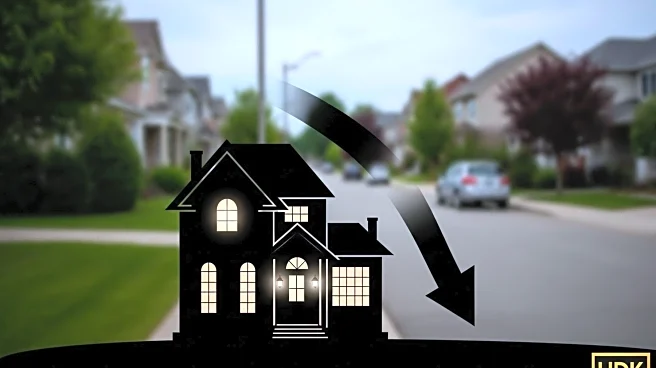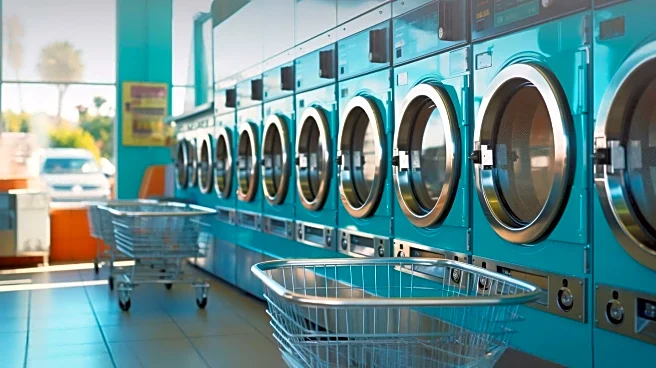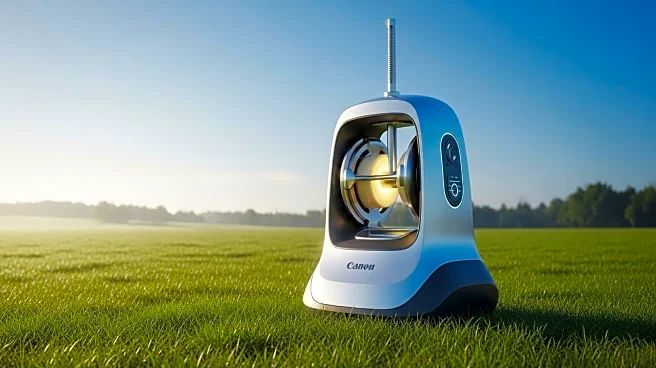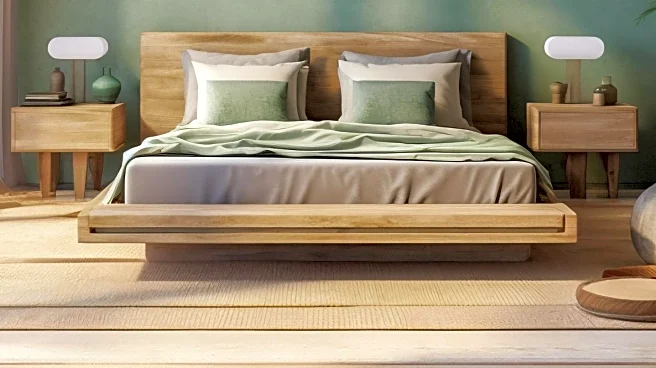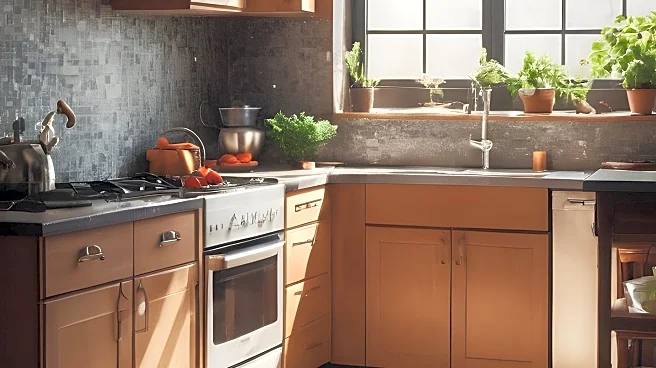What's Happening?
Consumer Reports has named quartz as the leading kitchen countertop material for 2025, surpassing granite in popularity. Quartz is praised for its wide range of colors and styles, making it a versatile choice for kitchen aesthetics. The material scored high in several categories, including stain resistance, cutting durability, and heat resistance. However, it received a lower score for impact durability, indicating potential vulnerability to heavy objects. Despite its strengths, quartz is not indestructible, and consumers are advised to handle it with care to avoid damage.
Why It's Important?
The preference for quartz over traditional materials like granite reflects changing consumer priorities in home design and functionality. Quartz's durability and aesthetic versatility make it an attractive option for homeowners seeking both style and practicality. This shift could influence market trends in the home improvement industry, with manufacturers and retailers potentially increasing their focus on quartz products. The emphasis on durability and maintenance also highlights the importance of informed consumer choices in home renovations, impacting purchasing decisions and long-term satisfaction.
What's Next?
As quartz continues to gain popularity, manufacturers may invest in improving its impact durability to address consumer concerns. This could lead to innovations in material composition and design, enhancing its appeal in the market. Homeowners might increasingly opt for quartz in kitchen remodels, driving demand for diverse styles and colors. The trend towards quartz could also influence real estate values, as modern, durable kitchens become a selling point for homes.
Beyond the Headlines
The rise of quartz as a preferred countertop material may reflect broader shifts in consumer attitudes towards sustainability and long-term value in home design. As homeowners prioritize materials that offer both aesthetic appeal and practical benefits, there may be increased interest in eco-friendly and durable options. This could spur discussions on sustainable manufacturing practices and the environmental impact of home renovation materials.


